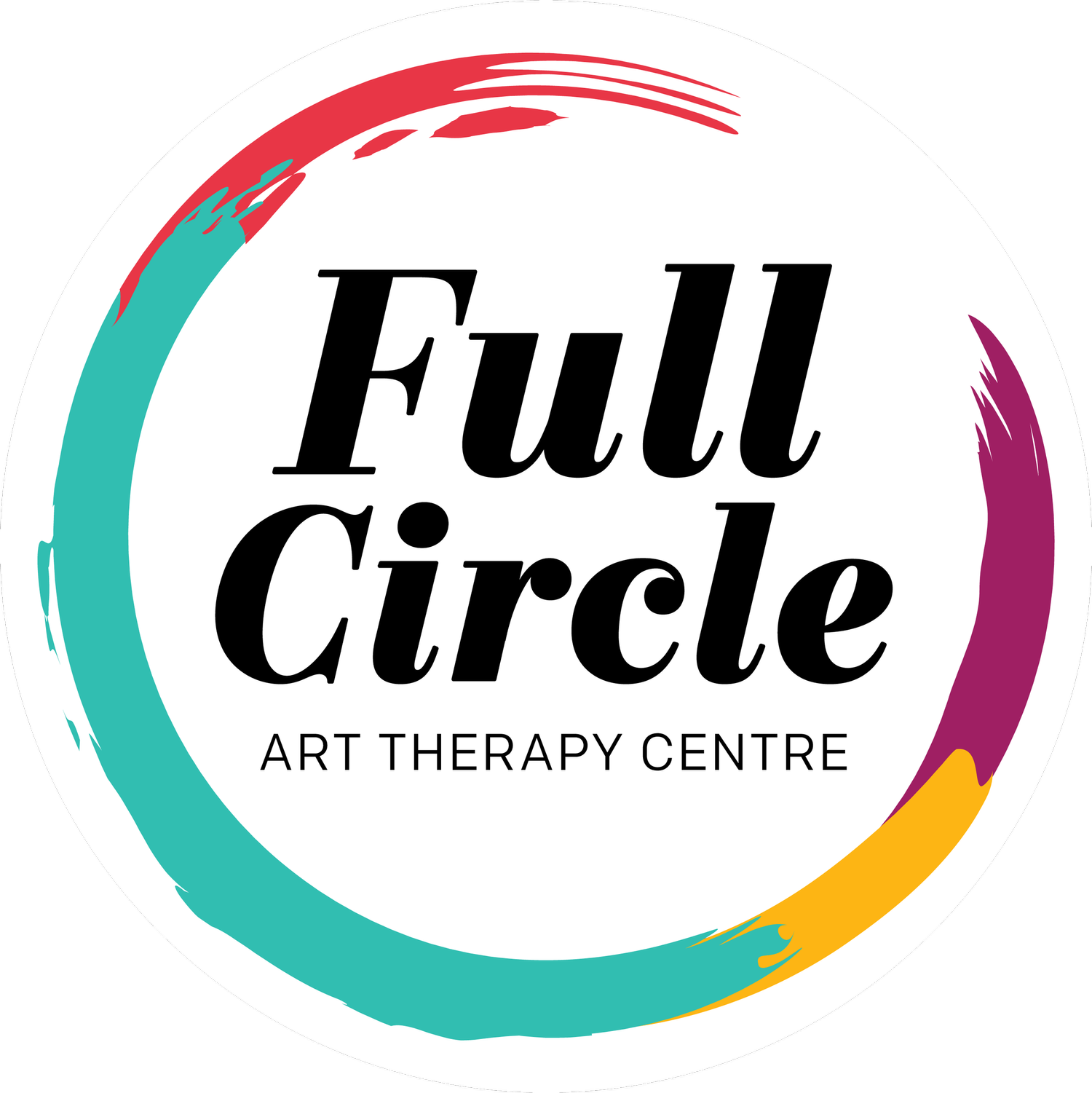Will Art Therapy Work For You?
Author: Pearl Lee
Will Art Therapy work for (me) you??
Art Therapy combines psychotherapy and the creative process of art making and has been around since the 1940s. It has been used to help many people with their mental health, to understand and process their inner thoughts and feelings. But the question is will Art Therapy work for you?
As someone who has practiced Art Therapy for almost 10 years (5 years as a student, and another 5 years as a professional Art Therapist), here are my thoughts.
Why Art Therapy would work?
1. Humans have a natural disposition for creativity! It's in our nature to want to create. It's not about making perfect masterpieces, but about bringing something into existence. I find a lot can be constrained by how art is supposed to look, but just a patch of colour, a dot can be more than enough to work with in Art Therapy.
2. It's most likely worse in our heads than in reality. Our brain is designed to think more negatively to protect us, and when we are able to create it in real life, we often realize that it's not that scary. It also helps us gain more control and power over what we thought is scary. This extra access can make it easier to understand and build compassion and acceptance of our thoughts and feelings.
What would it take for Art Therapy to "work"?
1. Willingness and Openness to trying Art Therapy?
Let yourself be open to trying the different art materials and art directives. Let yourself get past the preconceived notion of what it should or should not be like. Give yourself grace and patience with the process.
2. Trust and Chemistry between you and your therapist
The therapeutic alliance between client and therapist is one of the foundations for healing growth. It's nothing personal on either side, sometimes it is just not a good fit. Consultations before the therapy sessions are highly recommended, so you can have a better idea if you two would work well together.
3. Expectations on how (Art) Therapy would look like
(Art) Therapy has ups and downs, sometimes you would walk away feeling very good and sometimes worse than you started, as we've touched on something important or something that brought you pain or trauma. It is important to find acceptance for this natural flow of therapy. You can always talk to your therapist if it is too much too soon, or about your discomfort.
4. Doing the work in-between sessions
Therapy does take work, and in-between session practice can be very crucial in working towards progress and goals you'll like to achieve. It's not mandatory, but it would certainly help. Hope that was helpful to understand if Art Therapy would work for you. If you have any questions, comment, feel free to comment below.
You can also book a consultation with me or any of the therapists in our centre!
